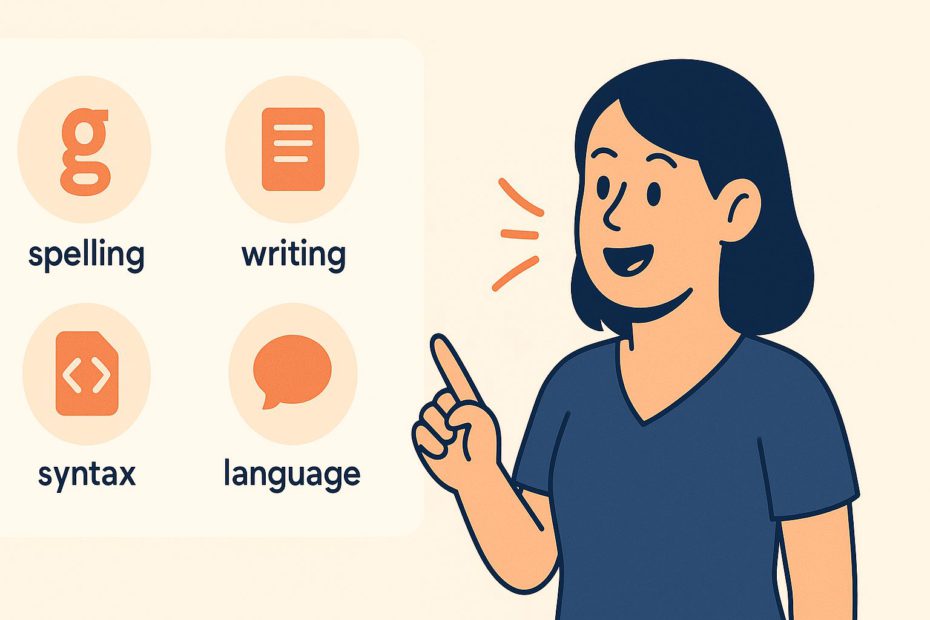When most people hear the word grammar, they think of dusty textbooks, red pen corrections, and school lectures. But grammar is much more fascinating—and mysterious—than it gets credit for. Whether you’re a language enthusiast or someone just trying to write better emails, these grammar facts might surprise you.
Here are 8 things you probably didn’t know about grammar—but definitely should!
1. Grammar Has Been Around for Thousands of Years
The concept of grammar isn’t modern at all. The first known grammar rules were written over 2,500 years ago in India by a scholar named Panini, who outlined the structure of Sanskrit in astonishing detail. His work is so complex and systematic that some linguists compare it to computer programming!
2. Every Language Has Grammar—Even Those Without Writing Systems
Grammar isn’t just about spelling or punctuation—it’s the set of rules that governs how we communicate. Even languages that don’t have a written form, like many indigenous languages, still have intricate grammatical systems. Grammar exists in speech first, long before writing ever enters the picture.
3. Grammar Changes Over Time
Think grammar is set in stone? Think again. Language is constantly evolving, and grammar rules evolve with it. For example, starting a sentence with “and” or “but” used to be frowned upon. Today, it’s perfectly acceptable in most writing styles. Even Shakespeare broke grammar rules of his time—and we now consider his usage iconic.
4. Double Negatives Are Grammatically Correct in Some Languages
In English, a double negative is usually considered incorrect (e.g., “I don’t know nothing”). But in languages like Spanish, Russian, and French, double negatives are not only correct but required for proper expression. Grammar rules aren’t universal—they’re language-specific and culturally shaped.
5. The Word “Grammar” Has Greek Origins
The word “grammar” comes from the Greek word “grammatike,” which originally meant the art of letters. Over time, it evolved to refer to the rules and structure of language. Interestingly, during the Middle Ages, “grammar” was even used to describe magic or enchantment, because scholars were the only ones who could read!
6. You Use Grammar Every Day—Even If You Don’t Realize It
Whether you’re writing a blog post, texting a friend, or talking to your pet, you’re using grammar. Your brain automatically applies rules about word order, verb tense, and subject-verb agreement. Native speakers rarely think about these rules, but they follow them intuitively.
7. Grammar Helps Clarify, Not Complicate
Many people think grammar is just about “being correct.” But at its core, grammar exists to make communication clear and precise. Imagine trying to read a sentence without punctuation or structure—it would be chaotic and hard to understand. Good grammar removes ambiguity.
8. There’s More Than One Type of Grammar
Not all grammar is created equal. Linguists recognize several types of grammar, including:
- Prescriptive grammar – the “rules” taught in schools (what you should do).
- Descriptive grammar – how people actually use language in real life.
- Generative grammar – a set of rules used to predict sentence structure.
Understanding this helps explain why some grammar “mistakes” are perfectly fine in casual speech but not in academic writing.
Final Thoughts
Grammar isn’t just about commas and corrections—it’s a living, evolving system that shapes how we connect with others. From ancient roots to modern text messages, grammar touches every part of communication.
Now that you know these eight surprising facts, you’ll never look at grammar the same way again. Whether you’re a writer, student, or curious learner, appreciating the depth of grammar can turn something ordinary into something powerful.

